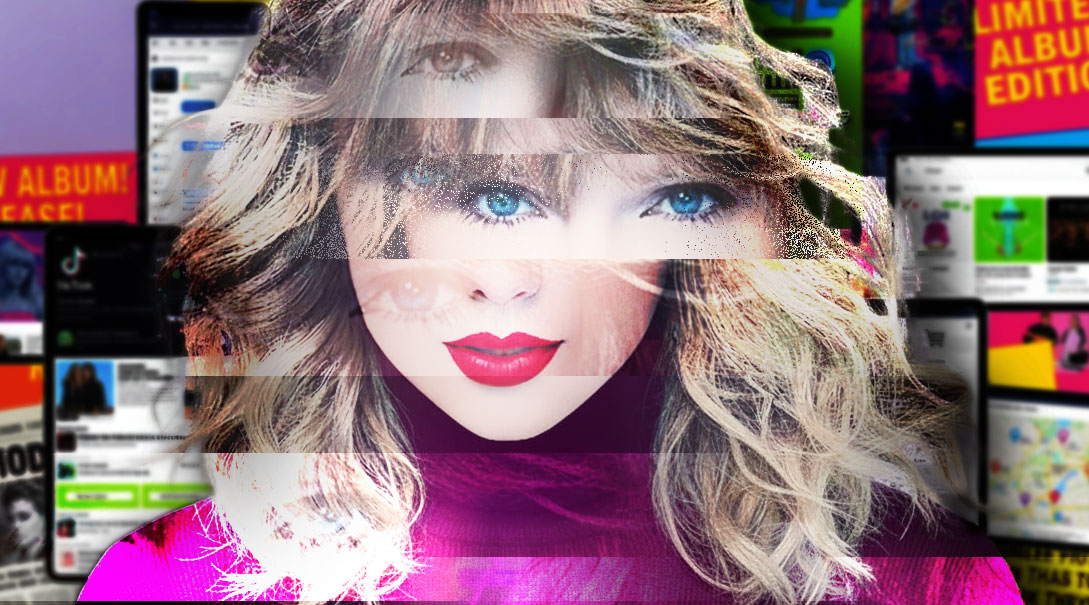MARKETING THAT THINKS DEEPER
Want to know the difference between the pretenders and the true top-performing marketing and advertising agencies? It comes down to one thing: methodology—and the team behind it with an unrelenting passion to push for the best. At FabCom, that methodology is Neuromarketology®: the science of mapping each of your target audience’s behavioral, demographic, sociographic, and psychographic connection points to your brand.
This isn’t a buzzword or a gimmick. It’s the backbone of how we align strategy, creativity, and technology to deliver marketing that doesn’t just look good, but works.
A SMARTER MARKETING MODEL
It’s time to get ahead with a smarter, more cerebral approach to marketing. The field of marketing communications is evolving at an exponential pace—and if the landscape is changing, your approach has to change with it.
FabCom’s founder and CEO, Brian Fabiano, literally wrote the book on how to do it: Neuromarketology: How to Develop, Implement and Manage Dynamic, Real-Time, Cross-Channel Marketing Campaigns that Generate Astonishing ROI. The book introduces the methodology we still use today.
We dig deeper into how your customers think and react, then craft hyper-relevant, precision-targeted messaging that resonates in each stage of the customer life cycle. The result? Campaigns that connect more authentically, perform more effectively, and deliver ROI with pinpoint accuracy.
THE FOUR-DIMENSIONAL TARGETING MODEL
Neuromarketology analyzes your audience through four interconnected lenses:
BEHAVIORAL TARGETING
BEHAVIORAL TARGETING
FabCom goes beyond traditional targeting by exploring how audiences emotionally and subconsciously respond to your brand through neuromarketing. This approach combines neuroscience and psychology to gain insights into:
- What messages capture attention
- Which emotional triggers drive action
- How people react to visual, verbal, and sensory stimuli
Neuromarketing help us understand how audiences process information, respond emotionally, and make choices. Research shows that emotional responses often outweigh rational thinking in purchase decisions, especially for short-term or impulse buys.
“The big breakthrough is understanding the role that emotion plays in rational decision-making.”
By understanding which parts of the brain are engaged during brand interactions, we create marketing that connects emotionally while still appealing to logic. The result is smarter, more resonant messaging that aligns with how your target audience actually thinks and feels.
DEMOGRAPHIC TARGETING
DEMOGRAPHIC TARGETING
In today’s market, it is no longer good enough to plan and execute marketing communications based simply on broad age and era similarities in beliefs, values and expectations. We have to dig deeper to define meaningful market segmentations.
Without more information, how can you explain or respond to the fact that, for example, two 60-year-olds can have diametrically opposed perceptions on some issues and products.
In times only recently past, it was enough to differentiate your marketing communications simply based on the target audiences’ ages. The familiar categories below served marketers well in terms of knowing the when, what, how, and why of communicating persuasively with each broad segment.
Traditionally, audiences were grouped by generational labels:
- GI Generation (1905-1924) - Now a shrinking segment, their consumption is mainly limited to healthcare, assisted living, and funerals, but can be reached through their Boomer caregivers.
- Silent Generation (1925-1944) - In numbers the smallest generation, these coupon-loving deal seekers respond to independence-focused messaging through conventional media like newspapers.
- Boomers (1945-1964) - Still a major force and consuming with a vengeance, they are driven by trust, convenience, and value.
- Gen X (1965-1984) - Self-reliant and digitally savvy, they value authenticity and efficiency, making them responsive to practice messaging.
- Gen Y / Millennials (1985-1996) - Highly fickle consumers, drawn to brands that align with their values and deliver personalized, engaging experiences.
- Gen Z (1997-2012) – Digital natives who have grown up with smartphones and social media, they seek authenticity, social responsibility, and immersive social media experiences on platforms like TikTok and Instagram.
- Gen Alpha (2013-present) – Growing up fully immersed in AI and smart technology, they influence family buying decisions and respond to interactive, educational, and tech-driven content.
While these generational insights still matter, today’s market demands we go deeper, layering psychographic, sociographic, and behavioral data to truly understand what motivates your audience and how to reach them effectively.
PSYCHOGRAPHIC TARGETING
PSYCHOGRAPHIC TARGETING
While demographics tell us who your audience is, psychographics reveals why they act. By understanding values, lifestyles, and motivations, we can create messaging that connects on a deeper, more personal level.
At FabCom, we use psychographic insights to shape advertising and marketing campaigns that speak directly to how your customers think, feel, and make decisions, so your marketing drives not just awareness, but engagement and conversions.
Key psychographic groups we consider:
- Belonger: loyal, traditional, community oriented
- Achiever: ambitious, success focused, status driven
- Emulator: image conscious, trend seeking, approval focused
- Socially conscious (type A): idealistic, socially aware, engaged
- Socially conscious (type B): independent, skeptical, withdrawn
- Balanced/integrated: driven, conscientious, intentional
- Needs driven: impulsive, emotional, motivated by urgency
By aligning your messaging with these mindsets, we create more relevant, persuasive, and actionable marketing experiences.
SOCIOGRAPHIC TARGETING
SOCIOGRAPHIC TARGETING
After identifying your audience’s key demographic and psychographic traits, we take targeting a step further by analyzing sociographic variables. These deeper insights help us fine-tune our understanding of your customers, allowing us to craft highly relevant marketing messaging and optimize our communications with them.
By layering in sociographic data, we move beyond who your audience is and uncover how they behave, interact, and make decisions—empowering your advertising and marketing campaigns to connect on a more meaningful level.
Examples of sociographic variables we consider include:
- Brand loyalty
- Decision making unit
- Family size
- Family life cycle
- Gender
- Language
- Nationality/race
- Product end use
- Readiness-to-buy stage
- Religion
- Socioeconomic status
WHY NEUROMARKETOLOGY WORKS
At FabCom, we believe great marketing begins with great research. That’s why Neuromarketology® is powered by data first—ensuring every campaign is built on evidence, not guesswork. By analyzing behavioral, demographic, sociographic, and psychographic data sets, we uncover a multidimensional view of your primary and secondary audience segmentations (as well as influencers) that most agencies miss. The result is high-impact, individualized marketing that’s laser-focused on the actions that matter most.
Our strategic, research-driven process goes deeper than surface-level insights. We don’t stop at “who” your audience is—we identify why they buy, how they decide, and what motivates them to act. By integrating data from multiple sources, validating trends, and mapping audience behaviors, we’re able to build hyper-relevant campaigns that feel personal and timely to every segment.
This research foundation has powered countless national and regional campaigns with measurable success. It’s also what gave us the confidence to become one of the first agencies in the country to guarantee the results of our marketing plans. When you combine hard science with creative storytelling, you lower risk, improve efficiency, and maximize ROI.
In practice, Neuromarketology® allows us to influence not just your primary audience but also their secondary influencers, creating a ripple effect of persuasion and engagement. By connecting the dots across data, science, and strategy, we deliver campaigns that perform better, scale smarter, and build lasting brand equity.
Our Guarantee
If you fully implement your strategic marketing plan as we recommend, and you do not reach our agreed-upon goals and objectives, we will refund 100% of the fee for the marketing plan.
There is no fine print. We really mean it—if you don't reach your marketing plan's goals and objectives, we'll make it right or you get a full refund of the plan fee.

